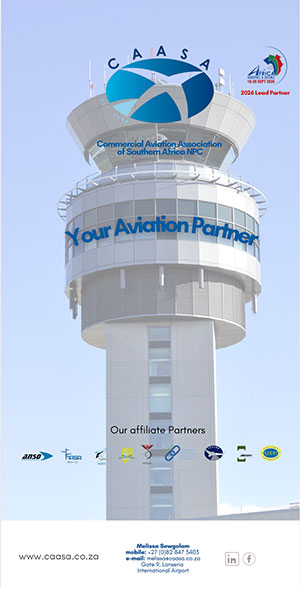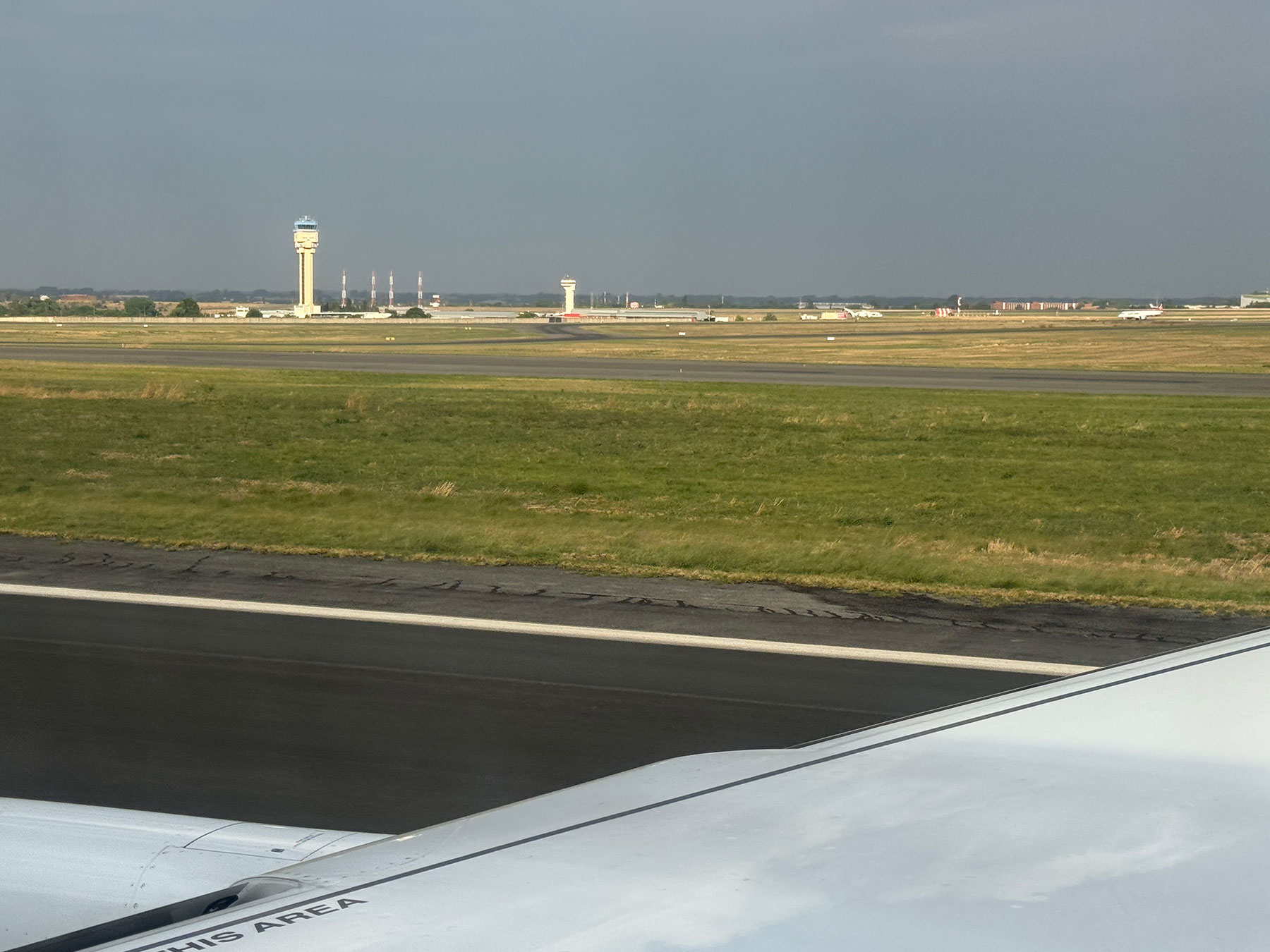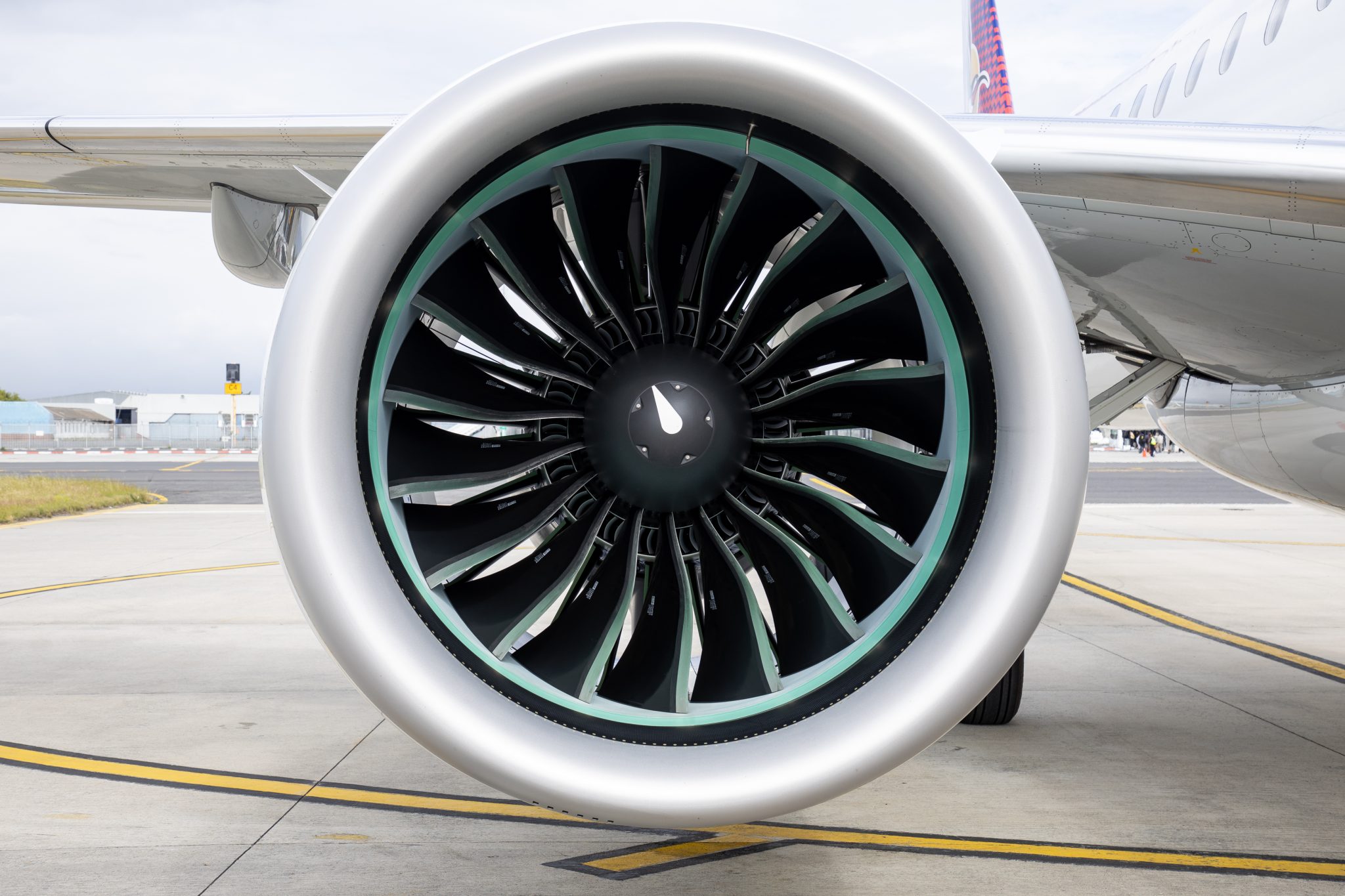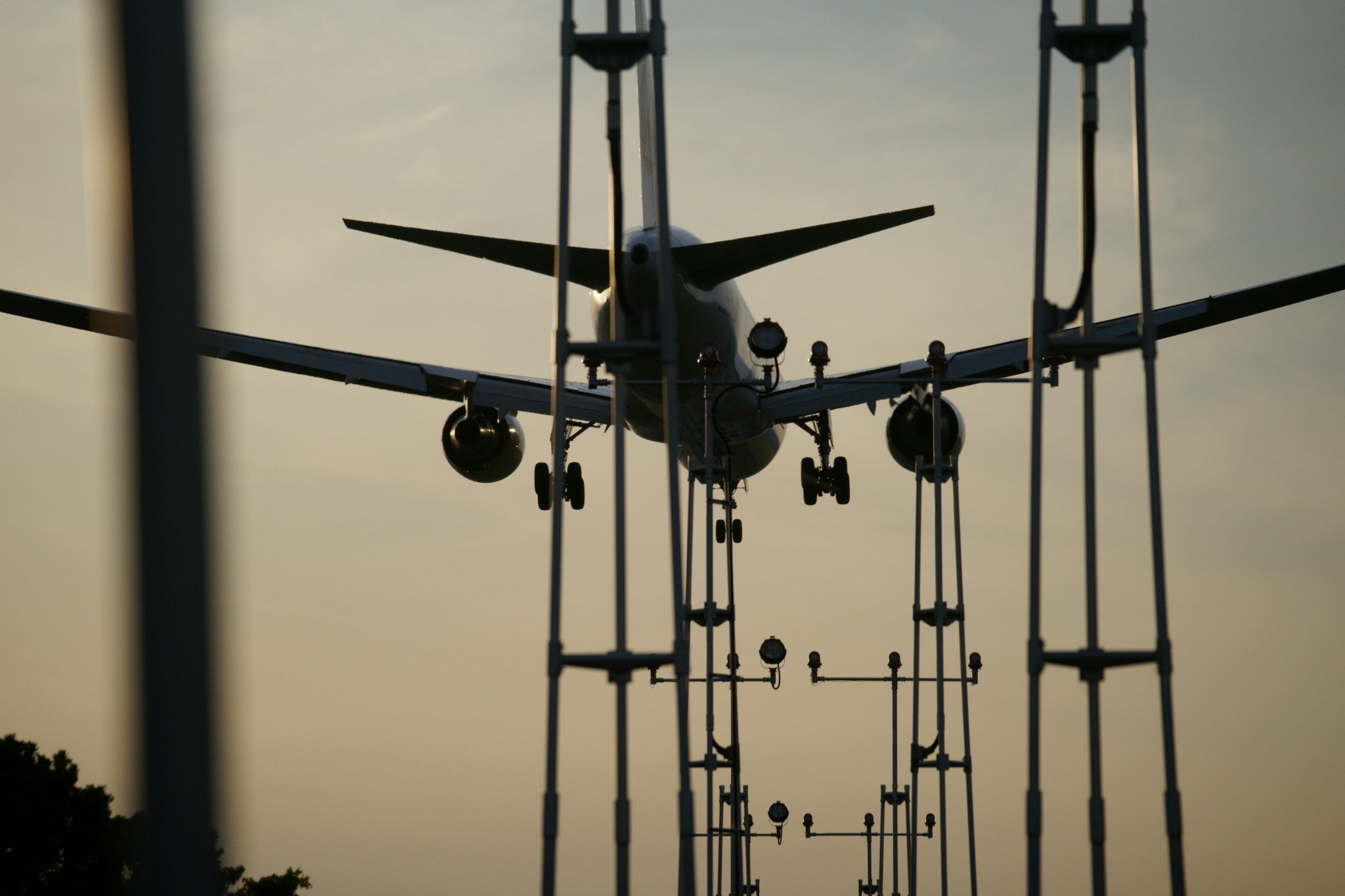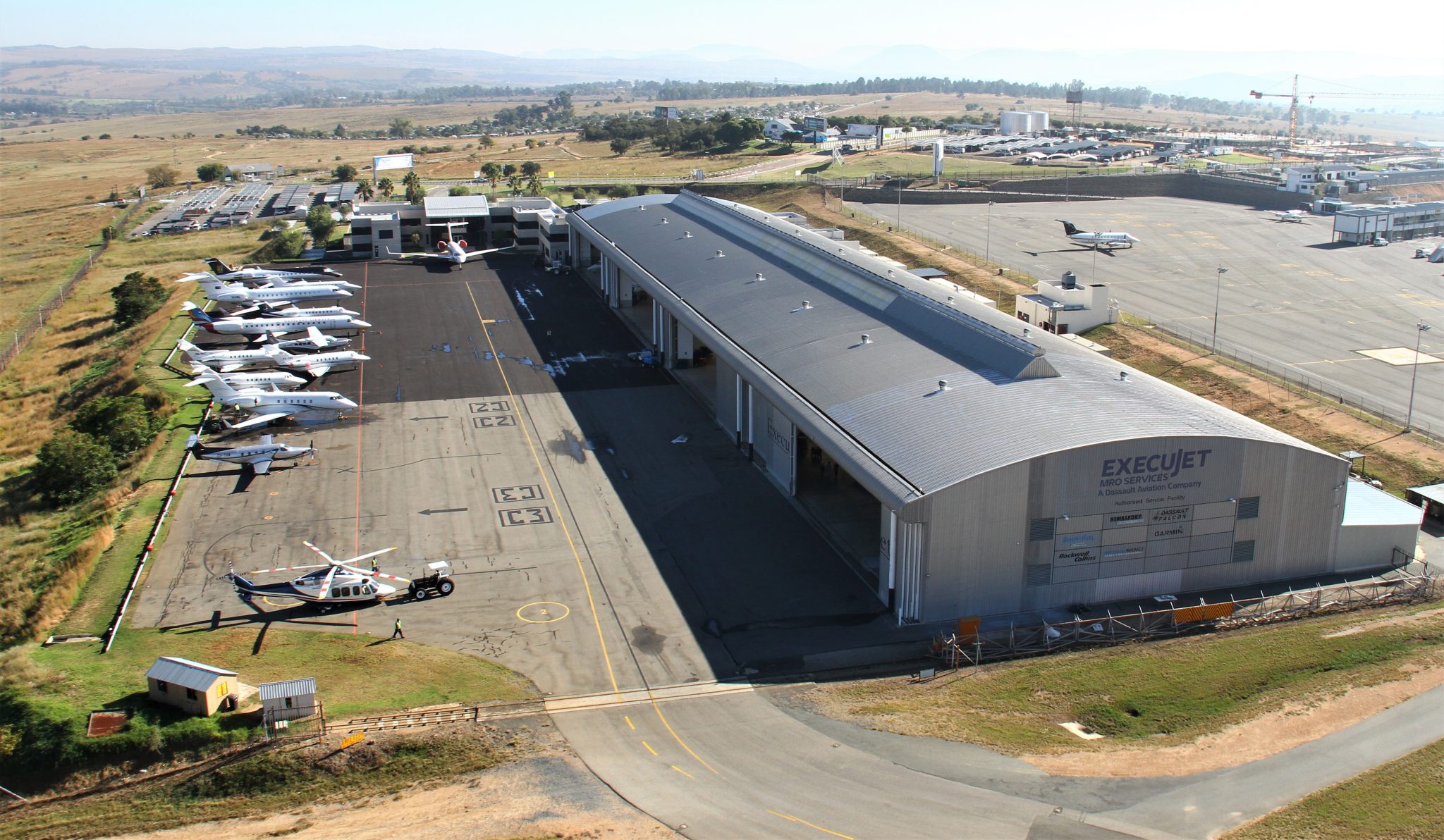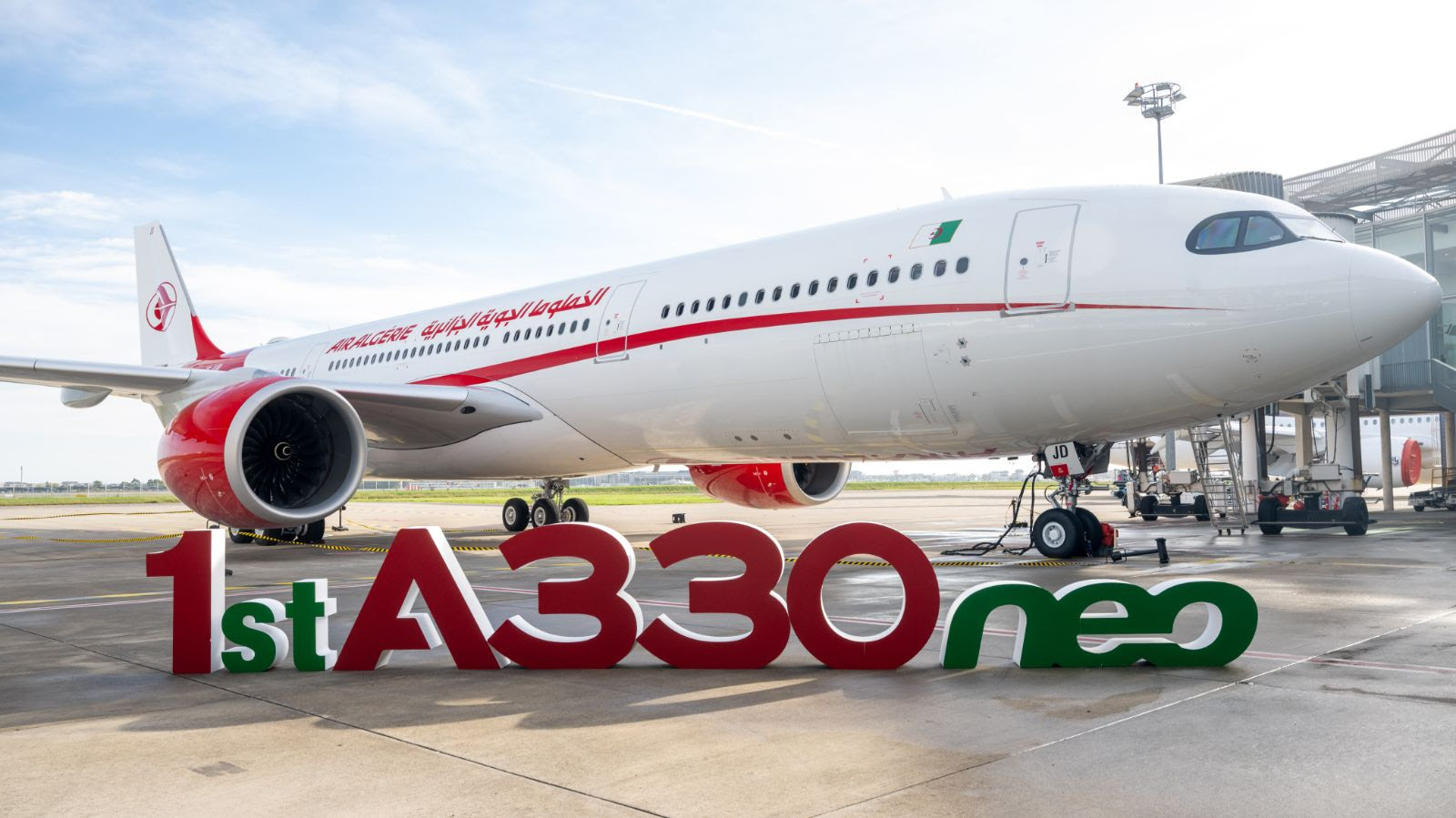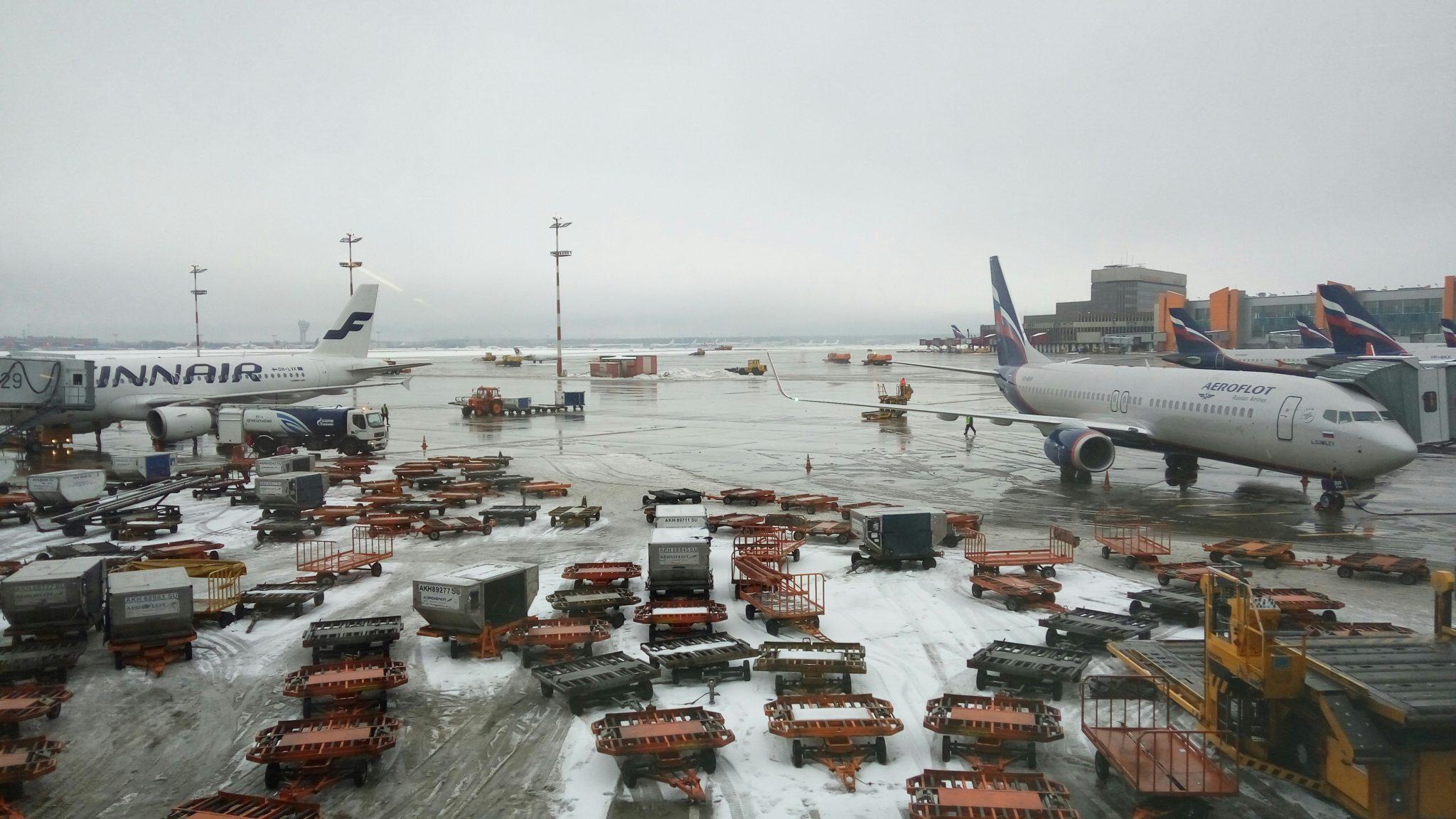African airports could save tens of millions of dollars in future expansion costs, streamline operations, and enhance passenger experiences. This could all be done by adopting biometric digital identity systems that integrate domestic and international passenger flows, according to a new global study released by the International Air Transport Association (IATA).
The Domestic and International Passenger Integration Program (DIPIP) report, produced jointly by IATA and engineering consultancy AtkinsRéalis, found that airports could unlock major efficiency, sustainability, and cost benefits by removing the need for physical barriers between domestic and international departures. Instead, biometric-enabled digital ID technology could manage the required segregation electronically.
A Digital Solution to an Expensive Problem
For decades, airports have had to maintain separate physical spaces for domestic and international travellers to comply with border, security, and customs regulations. These duplicated facilities are costly to build, operate, and maintain, a burden felt even more so in African airports, where infrastructure budgets are often tight and expansion costs high.
IATA’s study demonstrates that new biometric digital ID systems can now provide the same level of regulatory compliance without the need for physical segregation. “Regulatory requirements and technology limitations have meant that domestic and international departure flows need to be physically separated at many airports. That’s no longer the case,” said Nick Careen, IATA’s Senior Vice President for Operations, Safety and Security. “Digital ID powered by biometrics can achieve the needed segregation without creating duplicated facilities, which are inefficient and costly.”
The potential savings are impressive. IATA’s analysis shows that a medium-sized airport handling around 10 million passengers annually could save up to USD 80 million in future capital expenditure, alongside significant annual operating savings. Airport staff costs could be reduced by up to 11%, and a leading ground-handling company reported potential annual savings of USD 5.3 million from operational efficiencies.
Efficiency, Growth and Sustainability
The financial case is only one part of the story. The DIPIP report highlights major sustainability and capacity benefits, areas of growing importance for Africa’s fast-expanding aviation market.
By sharing terminal spaces rather than duplicating them, airports could cut energy consumption and construction-related emissions. IATA estimates that the integration of domestic and international flows could reduce an airport’s annual carbon footprint by about 18,000 tonnes, equivalent to removing 4,000 cars from the road each year.
In addition, minimum connection times could fall by around 20%, improving passenger satisfaction and allowing airlines to optimise flight schedules. Shared facilities also make it easier for airports to handle fluctuating traffic volumes and peak-hour pressures, an issue familiar to African hubs such as Johannesburg, Addis Ababa, Nairobi, and Lagos, where international and domestic peaks often occur at different times of day.
“These savings and efficiencies quickly add up,” said Careen. “Managing departing passengers with digital ID instead of physical barriers delivers efficiency, emission reductions, and a smoother experience for travellers.”
An Opportunity for Africa’s Growing Aviation Hubs
The findings could have significant implications for Africa’s aviation sector, which is expected to grow by more than 4% annually over the next two decades. While several countries have invested heavily in new airport infrastructure, others are seeking cost-effective ways to expand capacity and improve service quality without overextending budgets.
According to industry analysts, biometric integration could be particularly valuable for brownfield airports, those expanding or upgrading existing facilities, such as South Africa’s OR Tambo International, Kenya’s Jomo Kenyatta International, Ethiopia’s Bole International, and Nigeria’s Murtala Muhammed International.
Technology That Fits African Realities
Biometric systems, including facial recognition and digital identity verification, are already in use at several global hubs and in a handful of African airports. For example, Addis Ababa and Cape Town have introduced facial recognition at check-in and boarding, while Nigeria and Ghana have adopted national digital ID programmes that could support broader integration in aviation.
The DIPIP roadmap outlines three implementation stages; Baseline, Integrated, and End-State, allowing airports and regulators to adopt the model progressively. Early stages can be implemented within existing regulatory frameworks, provided there is close coordination among airports, airlines, and border authorities.
This gradual approach could make it easier for African nations to participate. “Collaboration is essential to unlocking the benefits of integrated passenger flows,” Careen emphasised. “Airports, airlines, and governments each have a role to play. By working together within existing frameworks and progressively modernising them, we can deliver seamless, secure, and efficient travel for passengers.”
A Digital Future for African Aviation
The IATA report provides a practical framework for airports to assess the financial, operational, and environmental impacts of integrating passenger flows. For Africa, the opportunity lies not only in cost savings but in leapfrogging traditional infrastructure models, building smarter rather than bigger.
As the continent continues to modernise its aviation systems under the Single African Air Transport Market (SAATM) initiative, biometric integration could become a cornerstone of a more efficient, sustainable, and passenger-friendly future.




